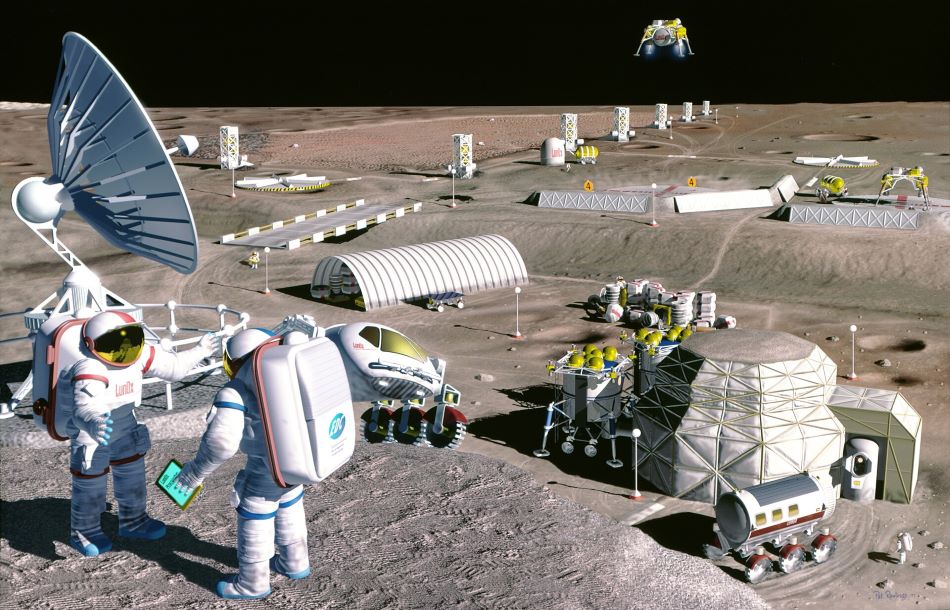Approximately 13.8 billion years ago, the greatest event in all of existence occurred that literally created existence itself. This event is known as the Big Bang, and it’s responsible for the estimated septillion number of stars that are scattered across the vast reaches of the unknown, including the one our small, blue world orbits. However, other than knowing that the Big Bang occurred, there is still a septillion amount of information we still don’t know about the greatest event in the history of existence.
Continue reading “The Big Bang: What is it? Why study it? What happened before? How will it all end?”Supernovae Struck the Earth 3 Million and 7 Million Years Ago

A recent study examines how the Earth was hit by blasts from supernovae (plural form of supernova (SN)) that occurred 3 million years ago (Mya) and 7 Mya with the goal of ascertaining the distances of where these blasts originated. Using the live (not decaying) radioactive isotope 60-Fe, which is produced from supernovae, a team of researchers at the University of Illinois was able to determine the approximate astronomical distances to the blasts, which they refer to as Pliocene Supernova (SN Plio, 3 Mya) and the Miocene Supernova (SN Mio, 7 Mya).
Continue reading “Supernovae Struck the Earth 3 Million and 7 Million Years Ago”Since Aliens Obey the Laws of Physics, Can We Guess What They Look Like?
Since time immemorial, humans have gazed up at the stars and wondered if we’re alone in the universe. We have asked if there are other intelligent beings out there in the vastness of the cosmos, also known as extraterrestrial intelligence (ET). Yet, despite our best efforts, we have yet to confirm the existence of ET outside of the Earth. While the search continues, it’s fair to speculate if they might look “human” or humanoid in appearance, or if they could look like something else entirely. Here, we present a general examination and discussion with astrobiologists pertaining to what ET might look like and what environmental parameters (e.g., gravity, atmospheric makeup, stellar activity) might cause them to evolve differently than humans.
Continue reading “Since Aliens Obey the Laws of Physics, Can We Guess What They Look Like?”The Darkest Parts of the Moon are Revealed with NASA’s New Camera
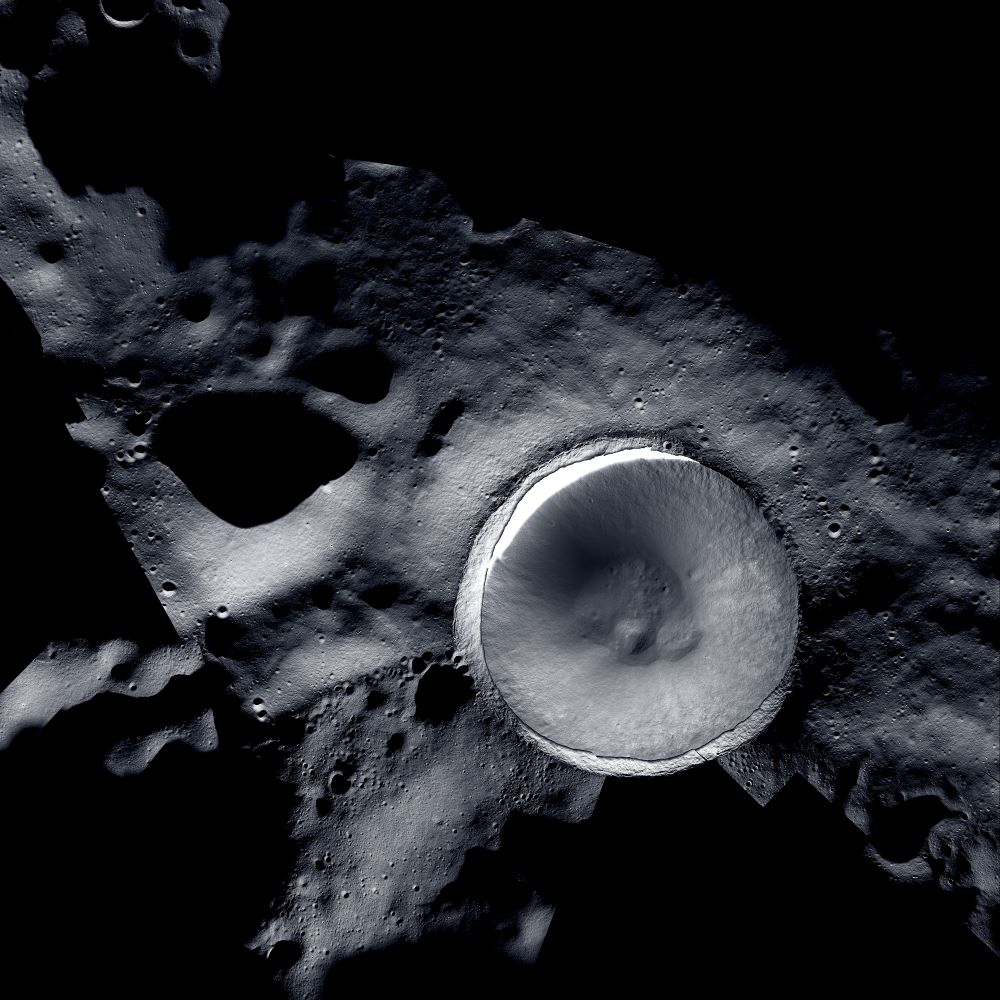
While the surface of the Moon has been mapped in incredible detail over the last several decades, one region has eluded orbital cameras due to the lack of sunlight, which are aptly called the permanently shadowed regions (PSRs) of the Moon. However, two cameras operating on two different lunar orbiters have recently worked in tandem to produce a stunning mosaic image of the lunar south pole’s Shackleton Crater, a portion of which resides directly on the lunar south pole and whose depths have been shrouded in complete darkness for possibly the last few billion years. As a result, scientists hypothesize that water ice could have accumulated within its dark depths that future astronauts could use for fuel and life support.
Continue reading “The Darkest Parts of the Moon are Revealed with NASA’s New Camera”Did the Moon’s Water Come from Earth?

A recent study published in Nature Astronomy examines how processes within the Earth’s magnetic field could be contributing to the formation of water on the surface of the Moon. This study was led by the University of Hawai’i (UH) and comes during an increased interest in finding water ice across the lunar surface, which has previously been confirmed to exist within the permanently shadowed regions (PSRs) of the lunar north and south poles due to the Moon’s small axial tilt of only 1.5 degrees compared to the Earth’s 23.5 degrees. Additionally, better understanding the lunar surface water content could also help scientists gain better insights into the Moon’s formation and evolution, which is currently hypothesized to have formed from a Mars-sized object colliding with the Earth approximately 4.5 billion years ago, or approximately 100 million years after the Earth formed.
Continue reading “Did the Moon’s Water Come from Earth?”Solar Sails Could Reach Mars in Just 26 Days
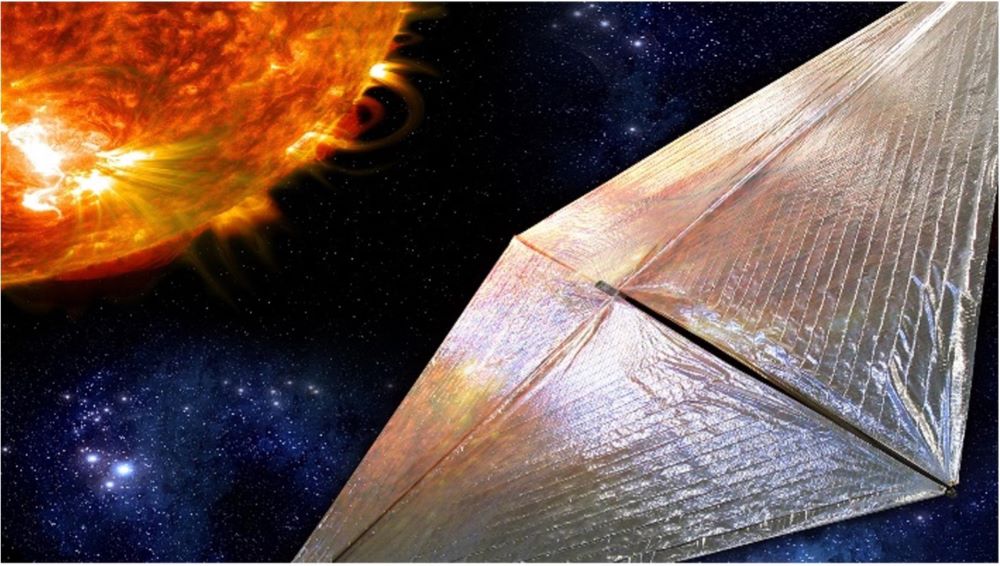
A recent study submitted to Acta Astronautica explores the potential for using aerographite solar sails for traveling to Mars and interstellar space, which could dramatically reduce both the time and fuel required for such missions. This study comes while ongoing research into the use of solar sails is being conducted by a plethora of organizations along with the successful LightSail2 mission by The Planetary Society, and holds the potential to develop faster and more efficient propulsion systems for long-term space missions.
Continue reading “Solar Sails Could Reach Mars in Just 26 Days”Helicopters Could Map the Magnetic Fields on Mars
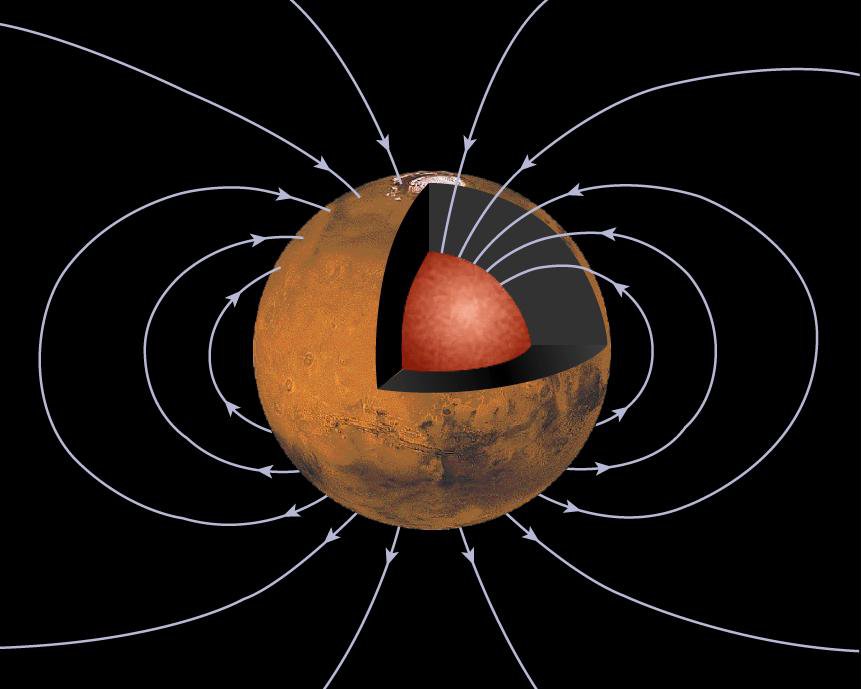
A recent study published in The Planetary Science Journal examines how helicopters equipped with a magnetometer could be used to conduct magnetic field investigations within the crust of Mars, providing important insights into the present characteristics and early evolution of the Red Planet. This study comes as NASA’s Ingenuity helicopter continues breaking records and making history as the first powered aerial explorer on another planet, along with the recently expired NASA InSight lander using its own magnetometer to measure the crustal magnetic field.
Continue reading “Helicopters Could Map the Magnetic Fields on Mars”Planning is Underway for NASA’s Next Big Flagship Space Telescope

NASA’s James Webb Space Telescope (JWST) has only been operational for just over a year, but this isn’t stopping the world’s biggest space agency from discussing the next big space telescope that could serve as JWST’s successor sometime in the future. Enter the Habitable Worlds Observatory (HWO), which was first proposed as NASA’s next flagship Astrophysics mission during the National Academy of Sciences’ Decadal Survey on Astronomy and Astrophysics 2020 (Astro2020). While its potential technological capabilities include studying exoplanets, stars, galaxies, and a myriad of other celestial objects for life beyond Earth, there’s a long way to go before HWO will be wowing both scientists and the public with breathtaking images and new datasets.
Continue reading “Planning is Underway for NASA’s Next Big Flagship Space Telescope”The Outer Space Treaty was Signed in 1967. Can it Handle the Future of Space Exploration?
In a recent study submitted to the Journal of the British Interplanetary Society for the 8th Interstellar Symposium special issue, which is due for publication sometime in 2024, Dr. Jacob Haqq-Misra, who is a senior research investigator and the Chief Operating Officer and co-founder at the Blue Marble Space Institute of Science, examines how future space exploration governing laws could evolve, either crewed or uncrewed and in the solar system or beyond. He views this study as an expansion of interplanetary governance models he previously discussed in his book, Sovereign Mars, to explore potential limits on space governance at interstellar distances.
Continue reading “The Outer Space Treaty was Signed in 1967. Can it Handle the Future of Space Exploration?”What’s the Bare Minimum Number of People for a Mars Habitat?
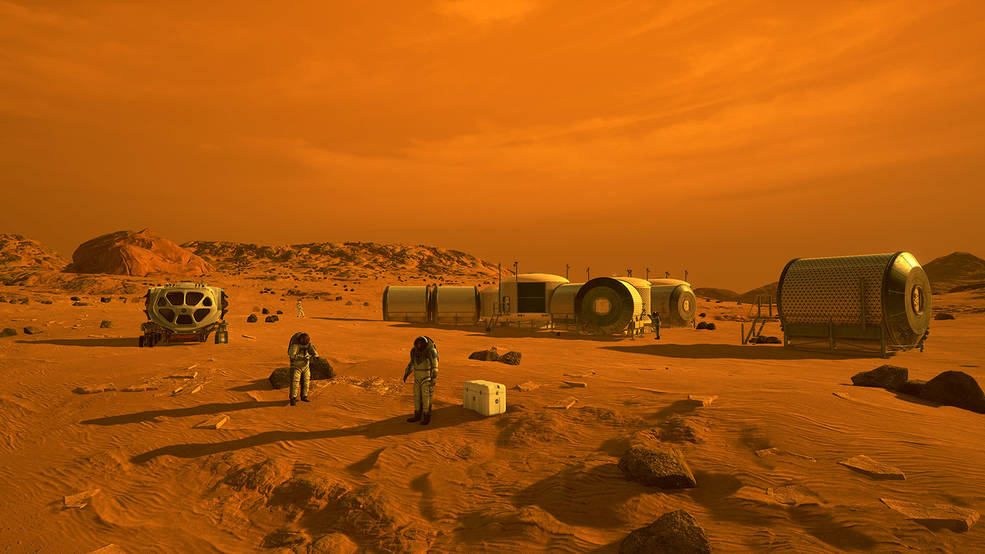
A recent preprint paper examines the minimum number of people required to maintain a feasible settlement on Mars while accounting for psychological and behavioral factors, specifically in emergency situations. This study was conducted by a team of data scientists from George Mason University and holds the potential to help researchers better understand the appropriate conditions for a successful long-term Mars settlement, specifically pertaining to how those settlers will get along during all situations. But why is it important to better understand the psychological factors pertaining for a potential future Mars colony?
Continue reading “What’s the Bare Minimum Number of People for a Mars Habitat?”


